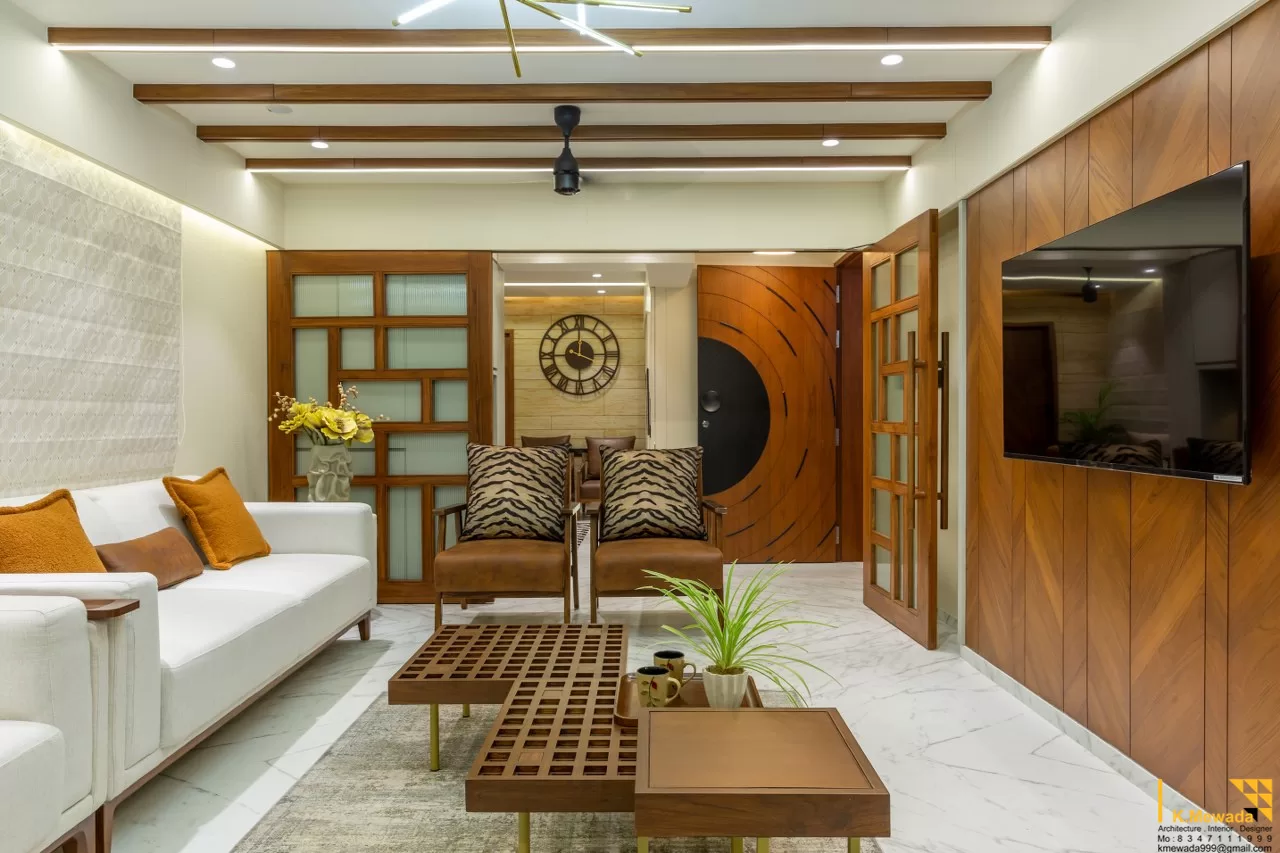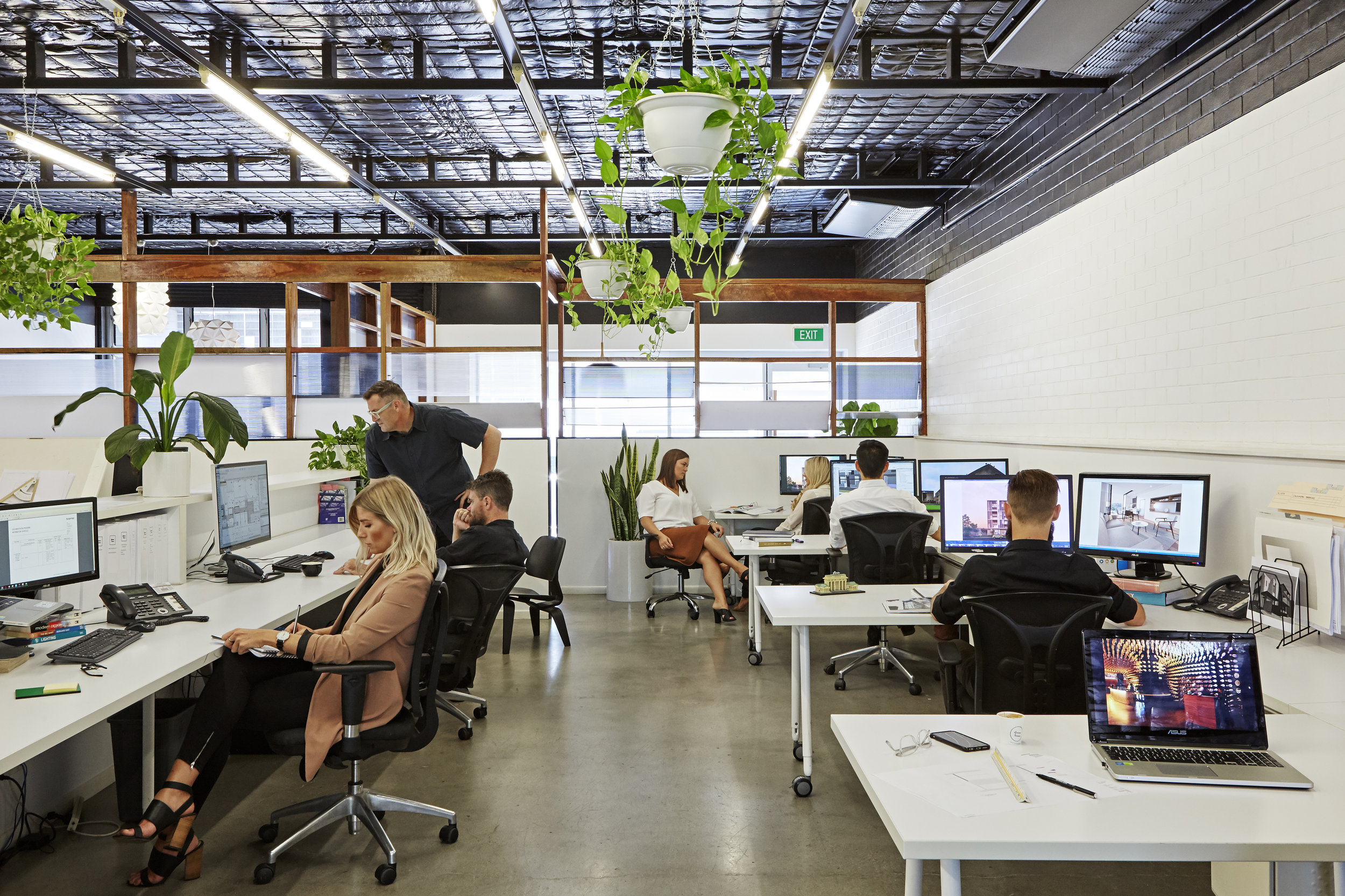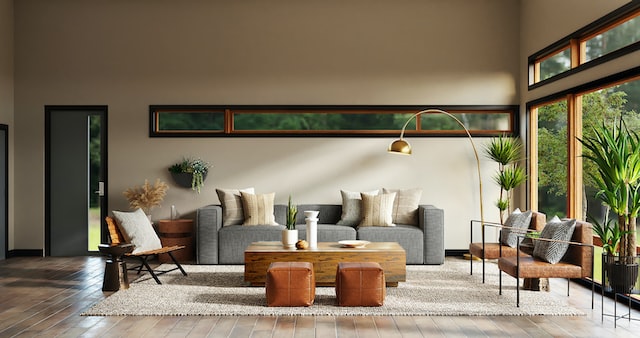The Art of Balance: Just How Interior Design and Home Engineer Collaborate for Stunning Outcomes
In the realm of home design, striking an equilibrium between aesthetic appeals and performance is no small task. This fragile balance is attained through the harmonious partnership between interior designers and designers, each bringing their unique know-how to the table. The outcome? Areas that are not just visually sensational however additionally very livable. However, this best blend is not constantly very easy to achieve. Keep with us as we discover the ins and outs of this joint process and its transformative influence on home style.
Recognizing the Core Differences Between Interior Decoration and Home Architecture
While both interior design and home style play crucial duties in producing aesthetically pleasing and functional rooms, they are naturally various techniques. It deals with the 'bones' of the framework, working with spatial dimensions, load-bearing wall surfaces, and roof covering layouts. On the various other hand, interior design is extra worried with enhancing the sensory and aesthetic experience within that framework.
The Harmony Between Home Design and Interior Decoration
The harmony in between home style and Interior Design hinges on a common vision of layout and the enhancement of practical appearances. When these two fields straighten sympathetically, they can change a space from regular to amazing. This cooperation needs a deeper understanding of each self-control's principles and the ability to produce a natural, aesthetically pleasing atmosphere.
Unifying Layout Vision
Linking the vision for home design and Interior Design can develop an unified space that is both practical and cosmetically pleasing. The balance starts with an incorporated mindset; architects and indoor developers collaborate, each bringing their competence. This unison of concepts develops the layout vision, a blueprint that overviews the job. This shared vision is important for consistency throughout the home, guaranteeing a liquid change from exterior style to interior areas. It promotes a synergistic technique where architectural aspects enhance Interior Design elements and vice versa. The outcome is a natural living room that mirrors the house owner's character, preference, and lifestyle. Therefore, unifying the design vision is critical in mixing design and Interior Design for stunning outcomes.
Enhancing Useful Aesthetic Appeals
How does the harmony in between home style and interior design enhance functional aesthetic appeals? Architects lay the groundwork with their architectural design, ensuring that the area is useful and efficient. An engineer may design a house with big windows and high ceilings.
Importance of Partnership in Creating Balanced Spaces
The partnership in between indoor designers and engineers is crucial in producing balanced rooms. It brings consistency in between style and style, bring to life areas that are not just cosmetically pleasing but additionally functional. Discovering effective collective strategies can provide understandings into how this synergy can be effectively achieved.
Harmonizing Layout and Style
Balance, a necessary aspect of both interior design and design, can only genuinely be attained when these 2 fields work in consistency. This joint process results in a cohesive, balanced layout where every component has a purpose and adds to the total aesthetic. Integrating design and style is not just concerning creating gorgeous spaces, but regarding crafting spaces that work seamlessly for their citizens.
Successful Collective Approaches

Case Studies: Successful Combination of Style and Style
Analyzing numerous study, it becomes apparent just how the effective combination of Interior Design and style can transform a space. The Glass Residence in Connecticut, renowned for its minimalistic sophistication, is one such instance. Architect Philip Johnson and interior designer Mies van der Rohe worked together to produce an unified equilibrium in between the structure and the interior, resulting in a seamless circulation from the outside landscape to the internal living quarters. One more exemplar is the Fallingwater Home in Pennsylvania. Engineer Frank Lloyd Wright and indoor developer Edgar Kaufmann Jr.'s joint initiatives result in a stunningly special home that blends with its natural environments. These case research studies highlight the extensive impact of an effective design and design collaboration.

Conquering Difficulties in Layout and Style Partnership
Regardless of the undeniable look at here advantages of a successful collaboration in between Interior Design and style, it is not without its obstacles. Communication issues can develop, as both celebrations might utilize different read this terminologies, understandings, and approaches in their job. This can lead to misunderstandings and hold-ups in project completion. One more major obstacle is the harmonizing act of visual appeals and capability. Engineers may focus on structural honesty and safety, while designers concentrate on convenience and style. The integration of these objectives can be complex. Additionally, budget and timeline constraints usually include pressure, possibly creating rifts in the partnership. As a result, efficient communication, common understanding, and concession are important to get rid of these difficulties and achieve a harmonious and effective partnership.

Future Fads: The Advancing Partnership In Between Home Architects and Inside Designers
As the world of home design remains to progress, so does the connection in between engineers and indoor developers. The trend leans in the direction of a more collaborative and incorporated method, damaging totally free from standard functions. Designers are no much longer only concentrated on structural stability, yet also take part in improving aesthetic charm - Winchester architect. On the other hand, interior developers are welcoming technological facets, influencing general design and functionality. This progressing synergy is driven by advancements in innovation and the expanding need for spaces that are not just visually pleasing but likewise practical and lasting. The future promises a more natural, innovative, and flexible method to home layout, as designers and designers proceed to blur the lines, cultivating a partnership that truly personifies the art of balance.
Conclusion
The art of balance in home style is achieved through the unified partnership between indoor developers and engineers. An understanding of each various other's self-controls, effective communication, and shared vision are important in creating aesthetically stunning, practical, and inviting rooms. Despite difficulties, this collaboration fosters growth and innovation in design. As the connection in between home designers and indoor designers advances, it will remain to form future fads, enhancing comfort, efficiency, and personal content expression in our living rooms.
While both indoor style and home style play crucial duties in developing aesthetically pleasing and functional rooms, they are inherently various techniques.The harmony between home design and indoor style lies in a shared vision of style and the enhancement of useful visual appeals.Merging the vision for home design and interior style can develop a harmonious living space that is both functional and aesthetically pleasing. Hence, unifying the design vision is essential in blending style and indoor style for sensational outcomes.
How does the harmony in between home architecture and indoor layout enhance useful visual appeals? (Winchester architect)